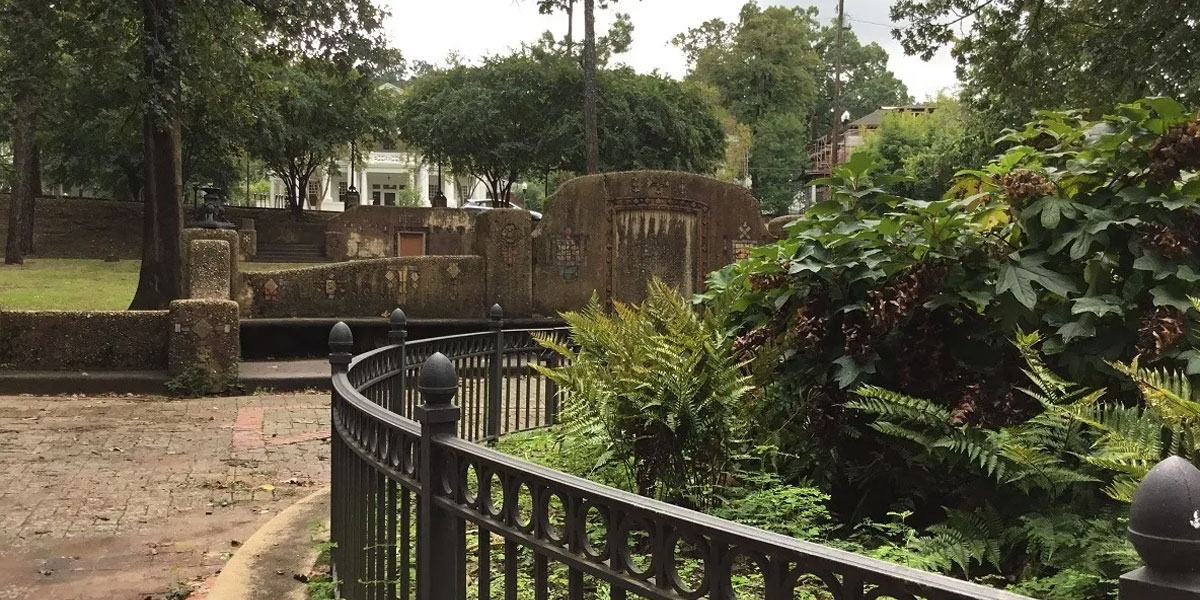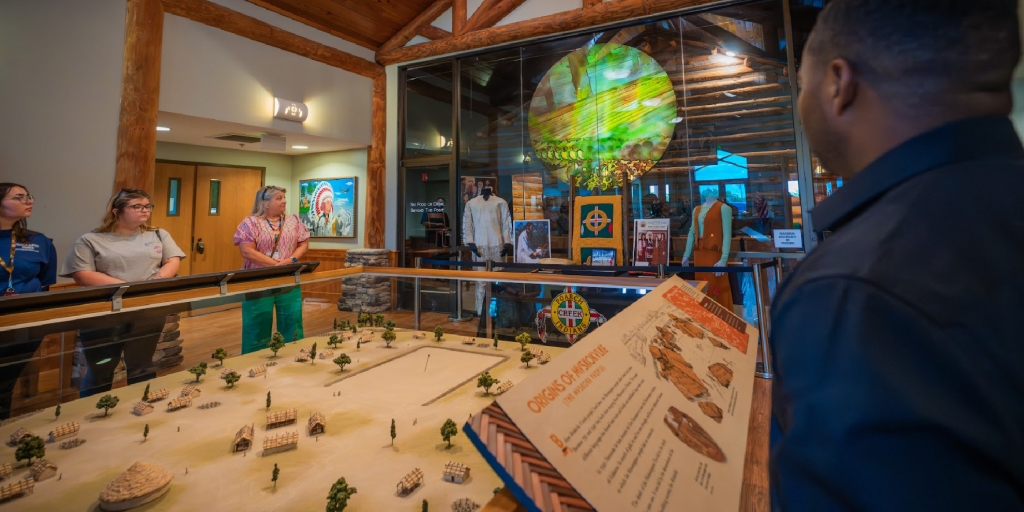A new book from the Birmingham Historical Society recounts the contributions of George B. Ward (1867-1940), one of the early mayors of the city whose passion for beauty and for creating “a living urban environment … healthy and happy to live in” had a lasting effect on the Magic City.
“Birmingham: The City Beautiful, Compliments of G. Ward” is expected to be available beginning Nov. 1. The book’s 112 pages are laced with photos of both Ward and the growing city he so adored. From his arrival in 1871 in a yet-to-be-named Birmingham at the age of 4 to his ascent to city leader, the book details Ward’s determination to beautify the city.
Ward, who was alderman, mayor and city commission president, unwittingly assisted in the writing of the book by keeping news clippings and correspondence in 24 bursting-to-the-seams scrapbooks now housed in the Birmingham Public Library Department of Archives and Manuscripts. Newspaper accounts beyond his personal collection reveal the spirit of the man who shrewdly chose to first recruit women and children to the beautification notion.
A pamphlet produced by Ward in June 1908 while he was mayor (reproduced on the book’s cover and in its title) made beautification simple, with suggestions for “block improvement societies” such as: “Whitewash everything you can’t paint,” “Wherever the ground shows bare, plant something green in it” and “Report anybody who militates or ties a horse to a tree. You get half the fine on conviction.” To block unsightly views, the pamphlet suggested, “use hardy shrubs, or the quickly growing vines.” Most of all, Ward entreated the ladies of the city to “call all you meet to the idea of a ‘City Beautiful.’”
The Birmingham Beautiful initiative, fueled by Ward’s energy, worked. Newspapers of the era reported planting tips from local florists (the period’s horticultural experts) while city schools engaged children in thinking, writing and talking about the program’s potential. A headquarters office for the campaign in City Hall, bombarded with inquiries from other cities, worked to spread the beautification message.
Out of the Birmingham Beautiful boom also came some of the city’s iconic parks, including what is now known as George Ward Park. Phelan and East Lake parks, the pocket parks along Highland Avenue, Lane Park (now the Birmingham Botanical Gardens and the Birmingham Zoo) and downtown’s Linn Park were all created or enhanced as a result of the City Beautiful campaign.
Ward’s best-known park may be Vestavia, his country estate on Shades Mountain that he ran like a public botanical garden. Ward opened his residence and its extensive grounds to visitors – both whites and Blacks – who arrived in large and small groups and by the thousands during annual festivals. Famed agricultural scientist George Washington Carver documented Ward’s botanical oasis. Today, Ward’s temple of Sybil, in its park setting on U.S. 31, commands the northern boundary of Vestavia Hills, incorporated in 1950 – the city’s name inspired by Ward’s former retreat.
Ward’s vision for the City Beautiful movement was inspired by the great “White City” created for the Chicago World’s Fair of 1893. He championed the movement long after leaving office in 1917, executing his learning from nationally prominent landscape designer Warren H. Manning (who had worked on the World’s Fair project). Ward never strayed far from his visions or opinions, even as he spent 40 years as an investment banker, founding Ward, Sterne & Company (later Sterne, Agee & Leach; today SA Stone Wealth Management). The Sterne Agee Charitable Foundation commissioned the book to honor its founder and his achievements.
George H. Eustis, a contemporary of Ward who was Birmingham treasurer, described him as “competent, untiring, energetic and wedded to his work. He never dodged responsibilities or sidetracked an issue. He cleaned this town up to the queen’s taste …”
“Birmingham: The City Beautiful, Compliments of G. Ward” is available through the Birmingham Historical Society, One Sloss Quarters, Birmingham 35222 for $30 postpaid. It also is available through Amazon and after Nov. 1 at Shoppe, 3815 Clairmont Ave., Birmingham 35222.
(Courtesy of Alabama NewsCenter)













